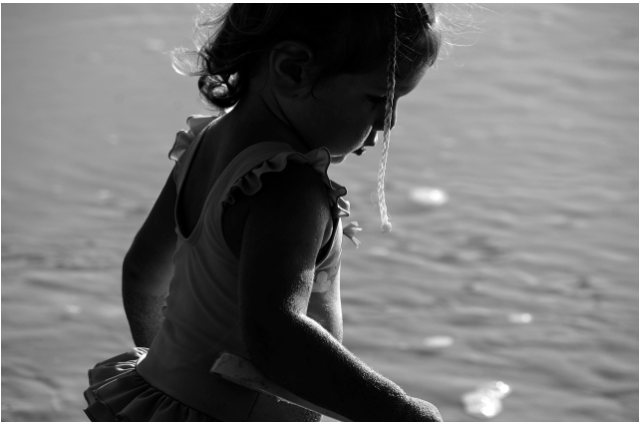
An unsettling incident that has sparked international outrage, a 45-year-old man in Helmand, Afghanistan, married a six-year-old girl. According to reports, circulated on social media and covered by many news platforms, the Taliban authorities intervened not to annul the marriage, but to instruct that the child be sent to her husband only once she turned nine.
The news has once again drawn global attention to the horrific practice of child marriage in conflict-ridden regions and the gross violations of children's rights taking place under the guise of tradition, poverty, and political instability.
A Human Rights Crisis Disguised as Culture
Child marriage is not a cultural issue. It is a gross human rights violation. According to UNICEF, over 650 million women alive today were married before their 18th birthday. Many were wed before even reaching puberty. Afghanistan, under the Taliban regime, continues to be one of the countries where child marriage is still practised.
Despite international condemnation and local efforts to curtail it, such practices persist, often justified by poverty, patriarchal traditions, or the need to? Protect? Girls in insecure environments. The reality remains grim: these children are robbed of their childhood, education, health and freedom.
Taliban's Role: Suppression
Since the Taliban returned to power in August 2021, women's and girls' rights in Afghanistan have steadily deteriorated. They have been banned from many public spaces and forced into invisibility by policies that mirror their first regime in the 1990s.
The Taliban's intervention in this case? Telling the man to wait until the girl turns nine before consummating the marriage reveals not a protective stance, but rather an implicit acceptance of the practice. It signals that child marriage remains institutionally condoned.
This approach ignores the broader implications of such early unions. Children married off at such a young age often suffer from mental trauma, early pregnancies, high maternal mortality and lifelong physical and emotional abuse. For a six-year-old old marriage is not a union? It's a prison sentence.
Legal Loopholes and Lack of Enforcement
Under the previous Afghan government, the legal age of marriage for girls was 16 and 18 for boys. However, enforcement was weak, especially in rural areas where local customs often overrode formal law.
With the rise of the Taliban, legal protection for women and girls almost disappeared. Their regime does not recognise international human rights conventions, including the UN Convention on the Rights of the Child, to which Afghanistan is a signatory.
The absence of a functioning legal system that protects minors has opened the floodgates for abuses. When local Taliban officials intervene, as in the reported case, the intervention is not motivated by concern for the child's welfare, but by rigid interpretations of age and religious doctrine.
The Psychological and Physical Cost to Children
The trauma inflicted upon child brides is incalculable. These girls are often subjected to sexual violence, household labour and isolation from their families and peers. Their education ends abruptly. Many suffer from severe health issues, including complications from early pregnancies, which their underdeveloped bodies are unequipped to handle. Early marriages increase the risk of domestic violence.
In the case of a six-year-old girl child, the psychological damage is irreversible. At an age when she should be learning to read, playing and developing in a safe environment, she is being prepared for life as a 'wife', a role she neither understands nor consents to.
International Silence and the Need for Action
International organisations and rights groups continue to condemn such acts, but concrete action remains limited. Sanctions, travel bans, and resolutions have not changed the reality on the ground. Humanitarian organisations working in Afghanistan have faced challenges in accessing communities or negotiating with Taliban officials.
UN agencies and human rights groups need to increase pressure on governments and international bodies to prioritise the rights of children in Afghanistan. A global movement is needed, one that combines legal reform, economic support for families, educational campaigns and safe shelters for at-risk girls.
Local Resistance: Stories of Courage
Amid the darkness, there are glimmers of hope. Afghan activists both inside and outside the country continue to fight against child marriage. Underground schools for girls, advocacy networks on social media, and diaspora-led campaigns have kept the resistance alive.
Some families also resist the pressure to marry off their daughters, even at personal risk. These acts of bravery must be amplified and supported through international aid and solidarity.
The case of the six-year-old in Helmand is not an isolated incident; it is a reflection of a larger, systematic failure. It is a failure of governance, a failure of the international community, and a failure of humanity. To allow children to be sold into marriage is to permit their futures to be stolen. No cultural justification, no economic hardship, no political ideology can excuse such violations.
The world cannot afford to look away.
Reference :
- https://timesofindia.indiatimes.com/
